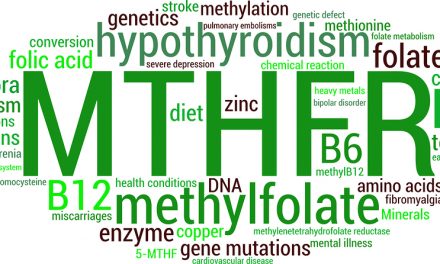Last week, Selma Blair revealed that she has multiple sclerosis and according to the 46-year-old actress, clues to her illness might have been revealed two years ago in a 23andMe test.
Back in July of 2016, “the test showed that she has the MTHFR genetic mutation on both sides of her family—as well as a few other mutations,” something Selma linked to her MS diagnosis, saying, “#MTHFR shows a higher susceptibility to MS. Toxins build up more. Or more toxicity can build up blocking pathways which increase autoimmune disease.”1
RELATED STORY:
In case you don’t know anything about the MTHFR gene variant, here ya go:2
- also called the methylenetetrahydrofolate reductase variant, the gene tells the body how to create an enzyme that breaks down homocysteine, an amino acid in the blood.
- everyone has two copies of this gene but some people have MTHFR gene variants—a mutation of the normal gene.
- people with MTHFR gene variants often have higher homocysteine levels in their blood
- increased levels of homocysteine increase the possibility of blood clots and in pregnant women, can increase the risk of having a child with brain and spinal birth defects
- MTHFR gene variants have also been connected to autoimmune diseases like MS
It’s still not clear why elevated levels of homocysteine can increase the risk of MS but one previous study published in 2015 in the International Journal of Molecular and Cellular Medicine “found that MS patients do have ‘elevated levels of plasma and cerebrospinal fluid homocysteine.'”3 However, this is still just an association. Just because you have the MTHFR gene variation doesn’t mean you’ll get MS.
Lastly, people with the MTHFR gene variant have been shown “to have low folate and vitamin B levels”… as well as low vitamin D levels, so supplementation often helps. But not everyone is the same.
RELATED STORY:
We are sending Selma good vibes and wish her luck in her MS fight. XO- Erin












